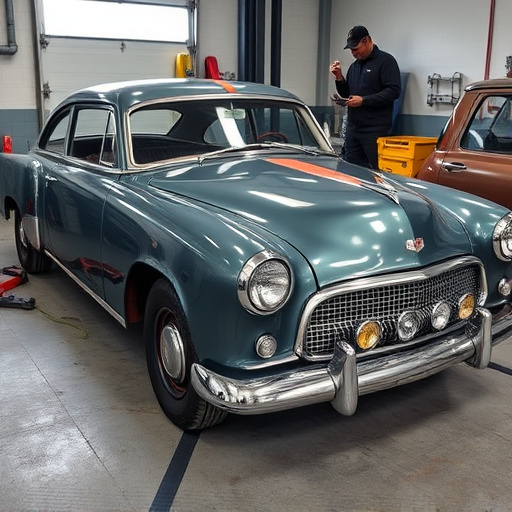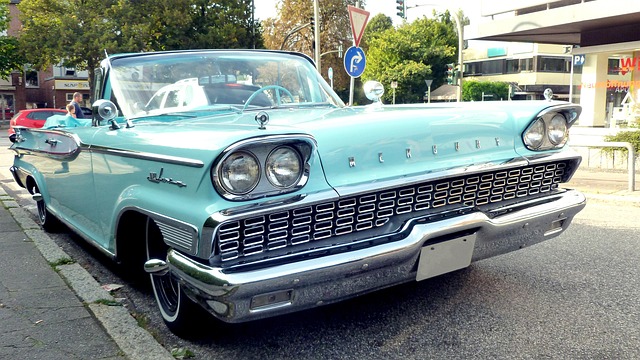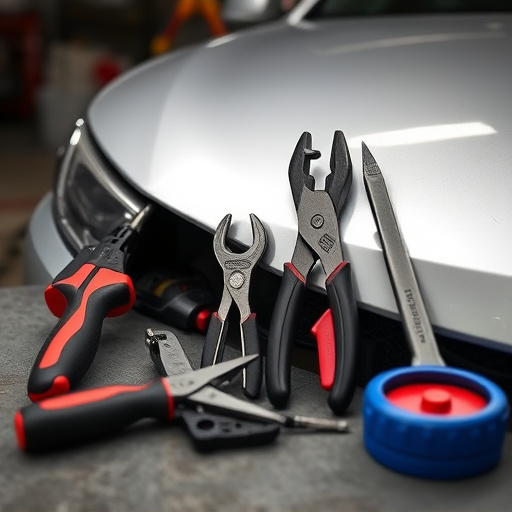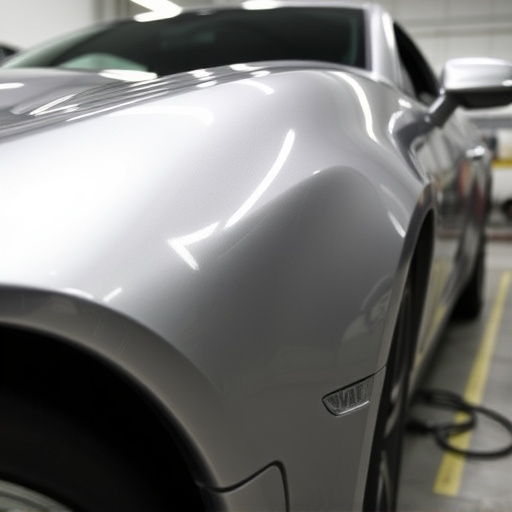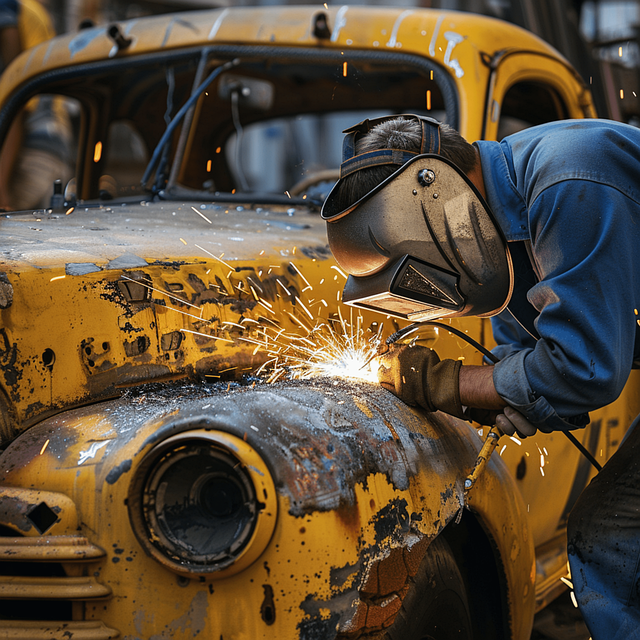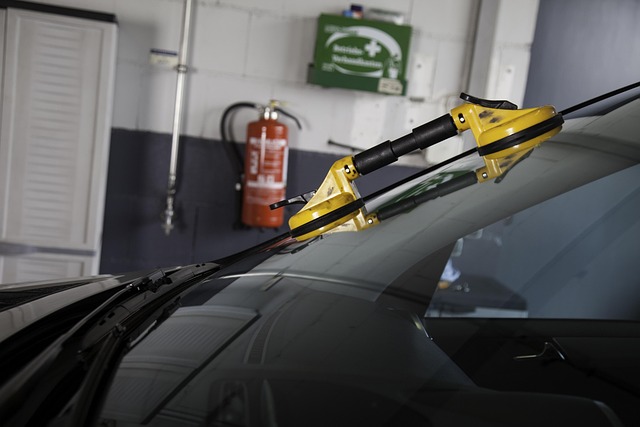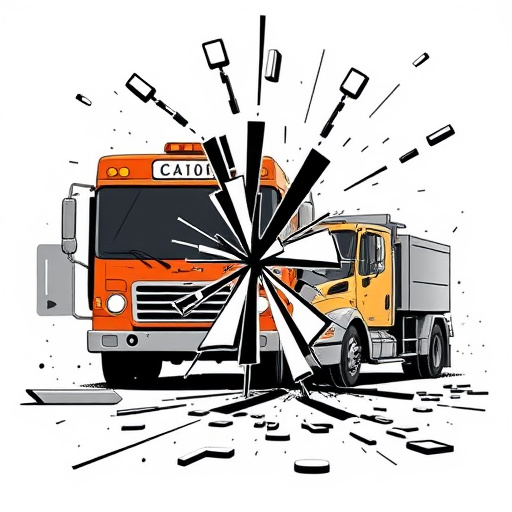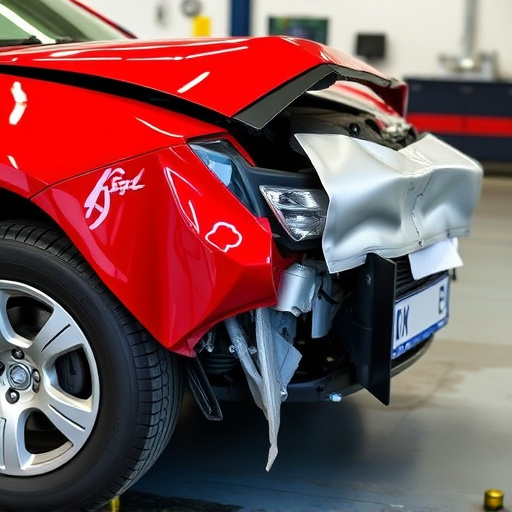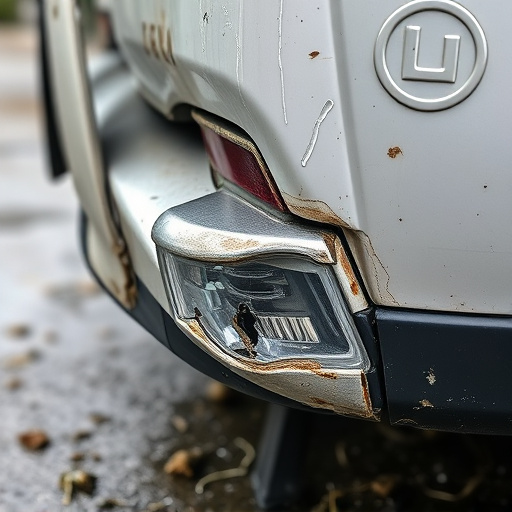Water-based paint collision repair is a specialized, eco-friendly process that restores vehicles to pre-incident condition, prioritizing aesthetics and structural integrity. Unlike traditional solvent-based paints, water-based alternatives offer faster drying times, lower odor, reduced environmental impact, and superior coverage with strong bonding. This method involves surface preparation, paint matching, application, curing, and auto detailing, requiring precision for flawless results, especially in minor repairs like bumper restoration. Despite its numerous advantages, water-based paint collision repair presents unique challenges such as precise temperature control, specific drying conditions, and higher skill requirements for a seamless finish matching the vehicle's original paint job.
In the realm of automotive repair, water-based paint collision repair has emerged as a game-changer, offering a vibrant, eco-friendly alternative to traditional paints. This article delves into the meticulous workflow required to ensure superior quality in water-based paint collision repairs. From understanding the unique properties of these paints to implementing rigorous quality assurance checks and post-repair evaluations, each step is crucial in achieving long-lasting, visually appealing results. Discover expert techniques for surface preparation, primer selection, and environmental control, alongside practical guidelines for defect detection and performance testing.
- Understanding Water-Based Paint Collision Repair
- – Definition and importance of water-based paint in automotive repair
- – Unique considerations compared to traditional paints
Understanding Water-Based Paint Collision Repair
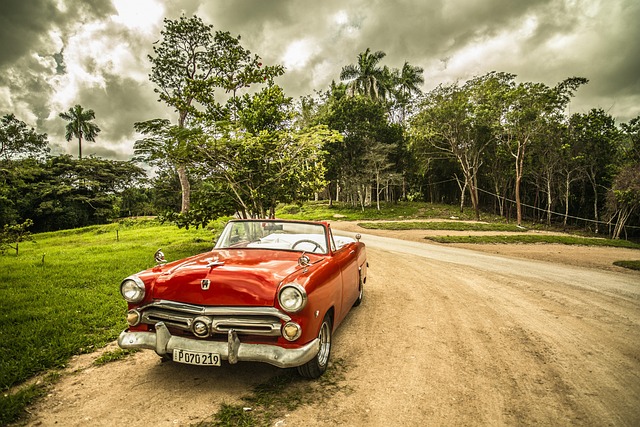
Water-based paint collision repair is a specialized process designed to restore damaged vehicles to their pre-incident condition, focusing on both aesthetics and structural integrity. Unlike traditional solvent-based paints, water-based paints offer numerous advantages, including faster drying times, lower odor, and reduced environmental impact. This eco-friendly approach aligns with modern automotive trends towards sustainability.
Understanding the intricacies of this workflow involves grasping key steps such as surface preparation, paint matching, application, and curing. Auto detailing plays a crucial role in achieving flawless results by ensuring that surfaces are clean, free from debris, and properly primed. Even minor repairs like bumper restoration require precision to match the original finish perfectly. A well-executed water-based paint collision repair not only enhances the vehicle’s appearance but also ensures its long-term protection against corrosion and damage.
– Definition and importance of water-based paint in automotive repair
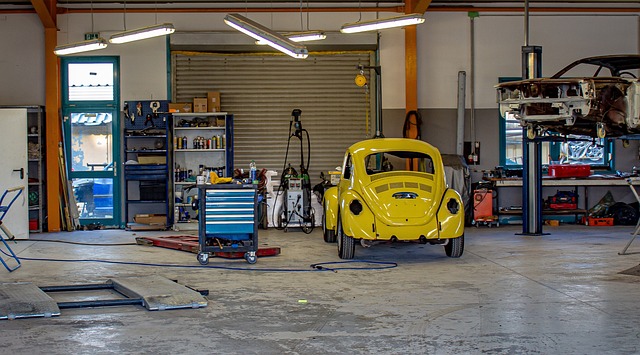
Water-based paint has become an integral part of modern automotive body shop practices, particularly in the realm of auto body painting and collision repair. This eco-friendly alternative to traditional solvent-based paints offers numerous advantages in terms of both performance and environmental impact. The shift towards water-based paint in automotive collision repair is significant for several reasons. Firstly, these paints are less toxic and more easily biodegradable, reducing the shop’s carbon footprint and improving air quality. Secondly, water-based paint technology provides excellent coverage and bonding strength, ensuring long-lasting repairs with a smooth finish. This is especially beneficial for auto body painting, where aesthetics play a crucial role in customer satisfaction.
In an automotive collision repair setting, maintaining the quality of water-based paint applications is paramount to ensure the safety and reliability of vehicle restoration. Proper application techniques, controlled environmental conditions, and adherence to manufacturer guidelines are essential steps to verify the integrity of this process. By doing so, auto body shops can guarantee not only the beauty of their work but also the structural soundness of the repaired vehicles.
– Unique considerations compared to traditional paints
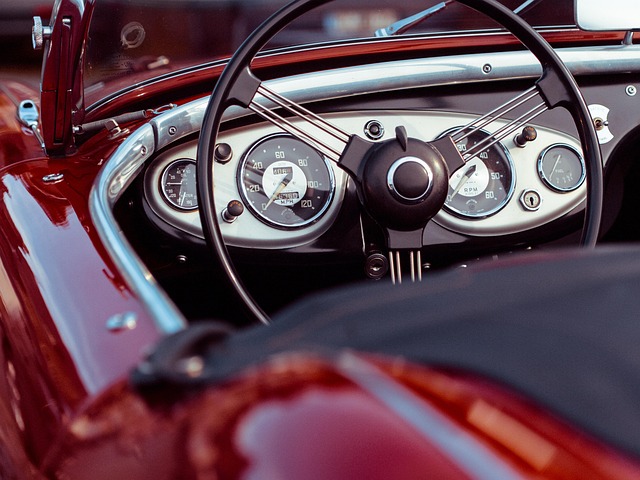
When it comes to water-based paint collision repair, there are distinct considerations that set it apart from traditional paints. Unlike conventional automotive finishes, water-based paints offer numerous environmental and health benefits due to their low-VOC (volatile organic compound) composition. This translates to improved air quality during application and reduced odours, making the workplace safer for technicians and customers alike. However, this shift towards sustainability also presents unique challenges.
In vehicle paint repair and auto bodywork processes, water-based paints require precise temperature control and specific drying conditions to ensure optimal adhesion and durability. The low-VOC nature also demands careful handling to prevent premature curing or loss of sheen. Moreover, the repair process for vehicle dent repair can be more intricate with these paints, necessitating a higher level of skill and precision to achieve a seamless finish that matches the vehicle’s original paint job.
In conclusion, implementing rigorous quality verification steps is paramount for ensuring optimal outcomes in water-based paint collision repair workflows. By understanding the distinct characteristics of water-based paints and adhering to specific best practices, professionals can achieve long-lasting, visually appealing repairs that meet high industry standards. This meticulous approach not only guarantees customer satisfaction but also reinforces the growing popularity of water-based paint as a sustainable and effective solution in automotive refinish.


